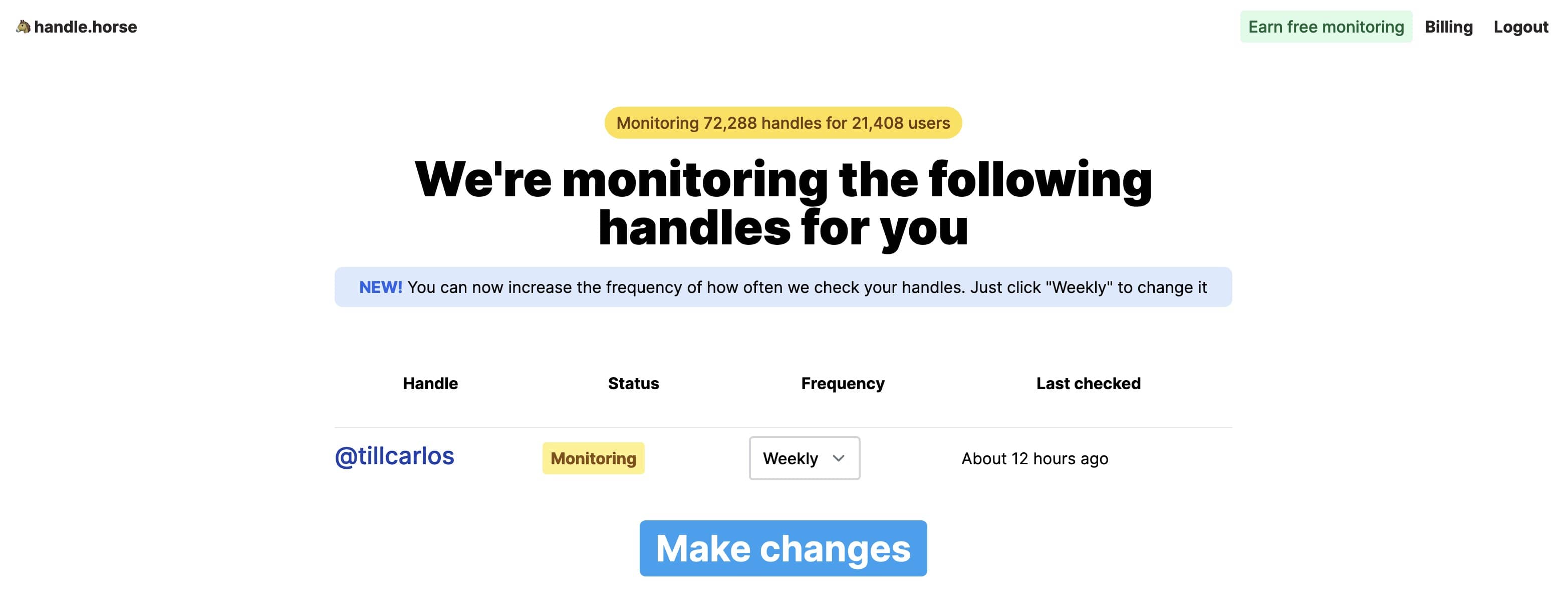How To Multitask Projects (Or How to Fake It Till You Make It)

Ever overheard someone bragging about juggling multiple projects? I have. Just this morning, I listened to two friends one-upping each other about their project count. Three projects! No, four!
There are people who are able to run multiple things at the same time. Most of us are not that kind of person.
But not all is lost. There are three approaches that we can apply to make it look like are are handling multiple projects at the same time.
My name is Till Carlos and I document how my development teams become more effective. And today we are talking about how to run multiple projects at the same time.
But first we need to talk about the dark side of it.
Starting multple things, and leaving them to die. Many of us have been there, including myself. I just met a friend with 4 projects going on; he justified it like this:
When I get demotivated with one thing, I switch to the next. And so on. I keep my motivation fresh.
Let’s address the obvious problem: Maybe it’s not worthwhile doing in the first place. That out of the way, software projects are complex. With many people involved, a project manager often hat to deal with multiple of them. Sometimes we cannot help it and need to stir multiple pots at the same time. This is how:
Sequentialize the work
There’s a principle called “flip the dominoes” writte in the book the one thing. It’s a great read for everyone who thinks they need more focus.

Really do ONLY one thing, finish it. Then go to the next.
In software projects, this is called DOD - definition of done. If it’s done, then go to the next. The effect that this brings is, that after a while it looks like multiple things got achieved, but they are actually closed projects, that got done one after another
Do less, with less maintenance
People who cut down on features finish faster. Want to see an example?
 That’s built by @marckohlbrugge
That’s built by @marckohlbrugge
It’s a super simple tool that makes around 3k every month. It’s reduced to the most simple thing. Everything else is cut out, it doesn’t even have a footer.
Imagine you approach a feature in a larger project like this:
- Make the specs simpler
- Define clearly the customer value
- Finish it completely, have it tested
- Customer sees it online, signs off on it
Let’s approach features like it’s our last one. Let’s assume there’s nobody to fix it after us. How would our work look like?
Apply Single Threaded Leadership
It boils down to this: give the project to someone who is in charge. One person: one responsibility. If that responsibility is diluted, things break.
How to apply it? Let’s look at this good tutorial
